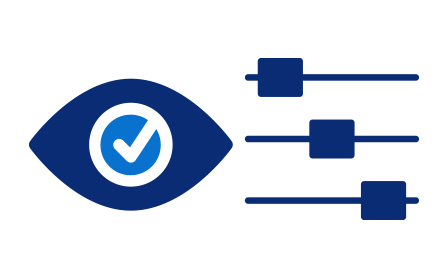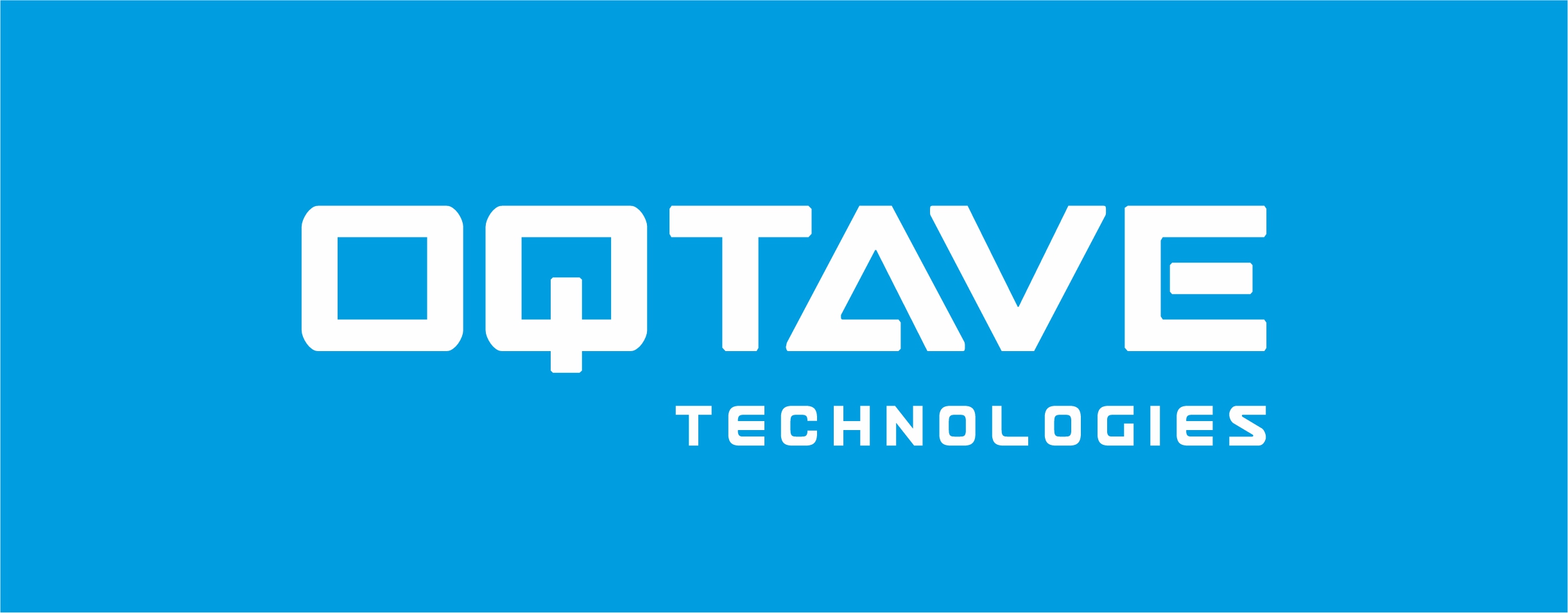Cyber Security
What is Cybersecurity?
Cybersecurity encompasses every measure taken to defend an organization from a cyber attack, unauthorized access, or data damage or loss. This includes processes, technologies, architectures, and even user education.
What are the key types?
There are many categories of cybersecurity, and they are all critical. It just takes one threat to slip in from anywhere to cause a major breach. The key security areas of the network are:
Network security
Network security refers to the technologies, processes, and policies used to defend any network, network traffic, and network-accessible assets from cyberattacks, unauthorized access, and data loss. Every organization, from small businesses to the largest enterprises and service providers, in every industry requires network security to protect critical assets and infrastructure from a rapidly expanding attack surface.

“How can we do this even faster?” is a question that’s been around since the dawn of digital innovation, and pertains to network security then, now, and in the future. Speed is the driving force behind digital transformation and how it transforms business, enabling efficiency, access, application development, productivity, revenue, and return on investment (ROI). That’s why high performance is a critical attribute of network security tools—especially in the era of hyperscale and hyperconnected environments, where traditional network security systems will no longer be able to keep pace, no longer be able to deliver secure connectivity, and no longer be able to satisfy user experience demands.Security performance is the gold standard for organizations operating at the cutting edge of digital innovation; even a millisecond slowdown can have enormous negative consequences at this scale.
Cloud Security
As cloud adoption accelerates, organizations are increasingly reliant on cloud-based services and infrastructures. Yet, organizations often end up with a heterogeneous set of technologies in use, with disparate security controls in various cloud environments. Fortinet Dynamic Cloud Security Solutions provide the necessary visibility and control across cloud infrastructures, enabling secure applications and connectivity from data center to cloud.

Platform Security
As infrastructures diversify new technologies and tools are added to the network, expanding the attack surface. Organizations need a single pane of glass to gain visibility and define consistent security policies throughout the entire infrastructure to effectively manage risk.
IoT Security
Advanced attacks can take just minutes—if not seconds—to compromise endpoints. The continued growth of advanced attacks and ransomware, along with the lack of shared intelligence among disparate security products, results in a slower, less effective endpoint threat response.

Endpoint Visibility and Control
By understanding what is accessing the network and where, organizations can monitor devices, and continuously assess potential risk. Organizations of all sizes benefit from taking a proactive stance toward endpoint protection.
Application
While businesses rely on email and mission-critical web applications to get work done, these systems also represent a significant part of an organization’s attack surface. Security for business applications is essential to ensuring a proactive security postur.

Securing Web Applications
Ensure comprehensive protection for the most business-critical web applications. In addition, easily simplify compliance and regulation of public-facing regulated applications.
